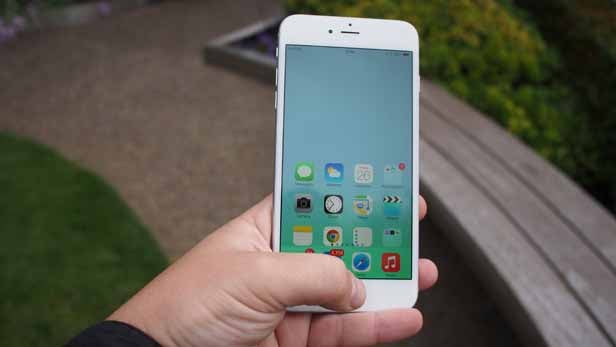iPhone OLED display rumours return as Japan Display factory confirmed

Japan Display Inc has confirmed it plans to build a new $1.4 billion factory to produce LCD display panels.
The move is outlined in a new report (via Reuters) which claims sources say the factory will count Apple as a primary supplier.
The company hasn’t specifically named Apple due to its client secrecy policy, however it’s highly likely Apple is heavily involved in creation of the new factory.
Here’s the background – last month we heard that Apple was in talks to fund a new LCD display factory for Japan Display.
Apple would provide somewhere in the region of 200 billion yen (£1.09bn) to get the factory project off the ground. The factory would then provide LCD displays to Apple at a good rate.
The factory has now been estimated to cost somewhere around 170 billion yen (£932m), and aims to begin manufacturing operations in 2016.
The factory was originally rumoured to be set to provide low-temperature silicon displays – the same found on the current iPhone 6 and iPhone 6 Plus models.
Related: iPhone 6S release date
The reports at the time, however, said that the factory was to be eventually repurposed to produce OLED displays.
Apple already uses OLED displays on the Apple Watch, but the iPhone 6 uses comparatively lower quality LCD displays.
This means that Apple could be planning to mass produce OLED displays through its subsidised Japan Display factory for a future iteration of the iPhone.
Considering the initial rumours were correct about the factory being built, it seems far likelier now that the OLED rumours were also true.
OLED displays are vastly superior to LCD displays because they produce their own light. This negates the need for a backlight.
That’s because individual pixels can be turned off, which means they can display true black, improving contrast. The lack of a backlight also means handsets can be designed to be thinner, lighter, and with greater power efficiency.


